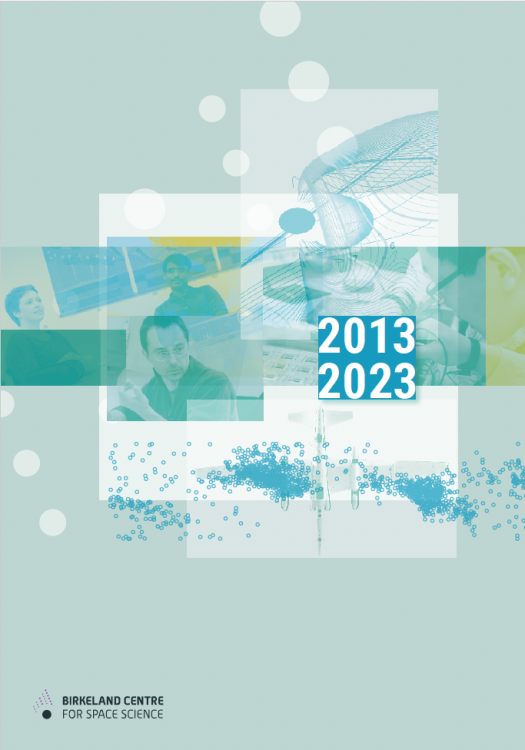PROJECTS
SPACE INSTRUMENTATION
ASIM
ASIM measureS optical (Transient Luminous Events: TLEs and lightning) and X -and gamma-ray emissions (Terrestrial Gamma-ray Flashes: TGFs).
The group’s responsibility has been to develop and test the detector and readout electronics for MXGS (Modular X-ray and Gamma Sensor), which consists of two X- and Gamma-ray detectors.
ASIM is a European Space Agency (ESA) mission to the International Space Station.
ALOFT
ALOFT is a project of the University of Alabama in Huntsville with a main mission to calibrate the Global Lightning Monitor which is flying on a geostationary satellite. ALOFT will fly on NASA’s ER-2 aircraft to perform a series of flights over thunderclouds at an altitude of 20-22 km. We have been invited to have a gamma-ray detector on ALOFT.
ALOFT is funded in part by an ERC Advanced Grant.
SMILE
The SMILE mission is a joint mission between ESA and the Chinese Academy of Science and is led by UK. The main instrument is the Soft X-ray Imager (SXI), which will be able, for the first time ever, to remotely detect the entry of plasma from the Sun into the Earth’s magnetosphere. Our group will be producing several components for this instrument.
GROUND-BASED INSTRUMENTATION
The Kjell Henriksen Observatory (KHO)
The Kjell Henriksen Observatory (KHO) is an optical observatory located at the archipelago Svalbard 1000 km north of mainland Norway (78o N 16o E). During the auroral winter season from November to the end of February, 25 optical instruments operate 24 hours a day. The 10 non-optical instruments run all-year-round 24 hours a day.
SuperDARN radar
The Svalbard SuperDARN radar is one of more than 30 low-power HF radars that look into Earth’s upper atmosphere beginning at mid-latitudes and extending into the Polar regions.
SuperMAG
The purpose of SuperMAG is to help scientists, teachers, students and the general public have easy access to measurements of the Earth’s magnetic field. SuperMAG is a worldwide collaboration of organizations and national agencies that currently operate more than 300 ground based magnetometers.
SCIENTIFIC PROJECTS
NFR (Norges forskningsråd) Projects
Ionospheric Impact Response Analysis by Regional Information Integration
Unravelling the Drivers of Energetic Electron Precipitation – Revealing the Imprint of Space on Earth (DEEP – RISE)
Effects of Energetic Electron Precipitation In a Changing Climate
TMS (Trond Mohn Stiftelse) Project
What Shapes Space?
Data Mapping
WebAmps
The AMPS model is an empirical model based on magnetic field measurements in low Earth orbit from the CHAMP and Swarm satellites.




